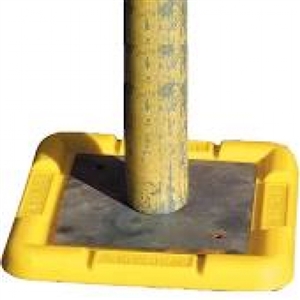A long phone call today with a good friend who is a Niciec Contractor, who is now facing a rather odd problem with a domestic solar array installed by others. The DC string cables from the panels on the roof to the inverter run along some distance under lead flashing, and now workers on the roof are reporting tingles from the metal flashing when standing on their scaffolding.
As part of the testing , the cables have been checked and are isolated from the metal and not damaged in any way. There is a rather variable AC voltage on the lead, relative to the scaffolding, which is at more or less the same as local earth potential. The measured voltage is considerably more when the inverter is on though does not fall completely to zero when it is not.
Now I have not seen the set up, as it is many miles away, but as the voltage is so variable depending on conditions, I am minded to suggest it is capacitive coupling between the DC string cables and the adjacent metal.
I'm also going to suggest earthing the flashing in any case.
However, has anyone else with more experience of modern domestic solar installation ever seen this sort of thing?
And am I even right in assuming the inverter action means DC strings are commutating at 50Hz relative to the mains, as would be needed to explain this effect?
Or am I going up the wrong tree altogether ?
The inverter suppliers are not much help, being more of a kit supplier than technical experts on what they stock, and this is not in their FAQ.

